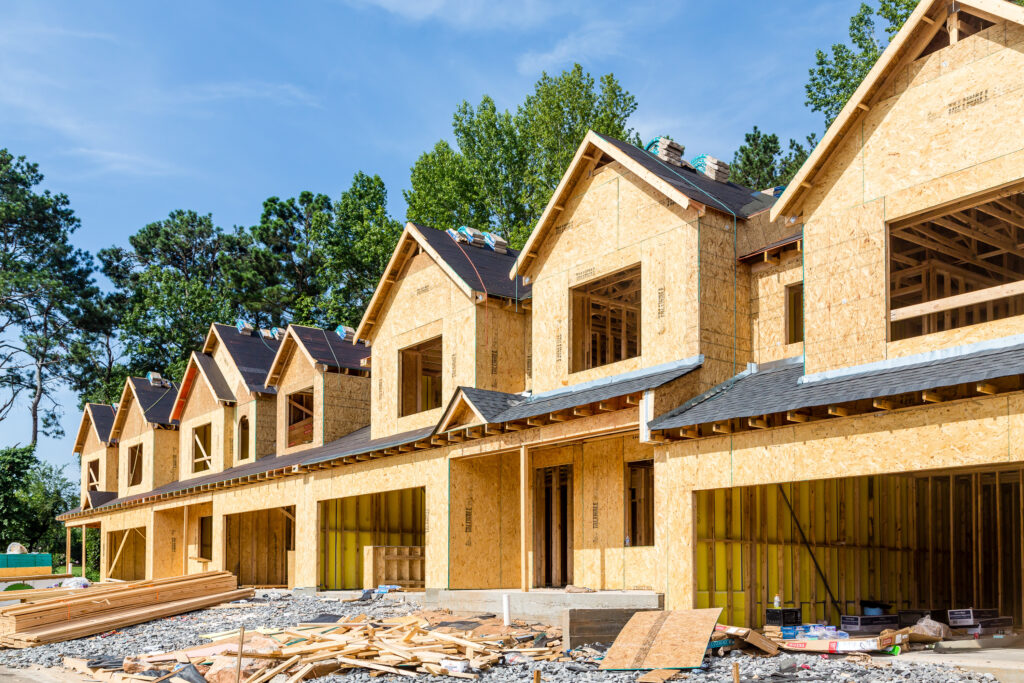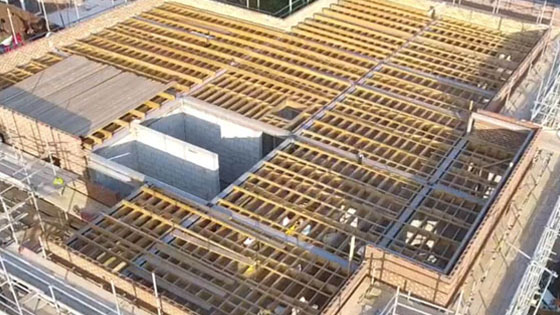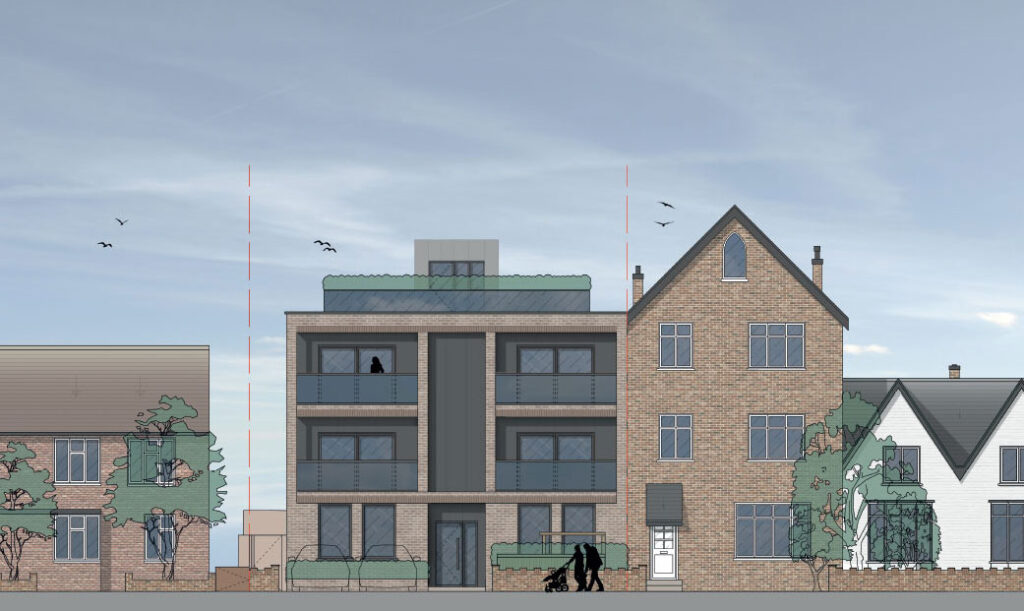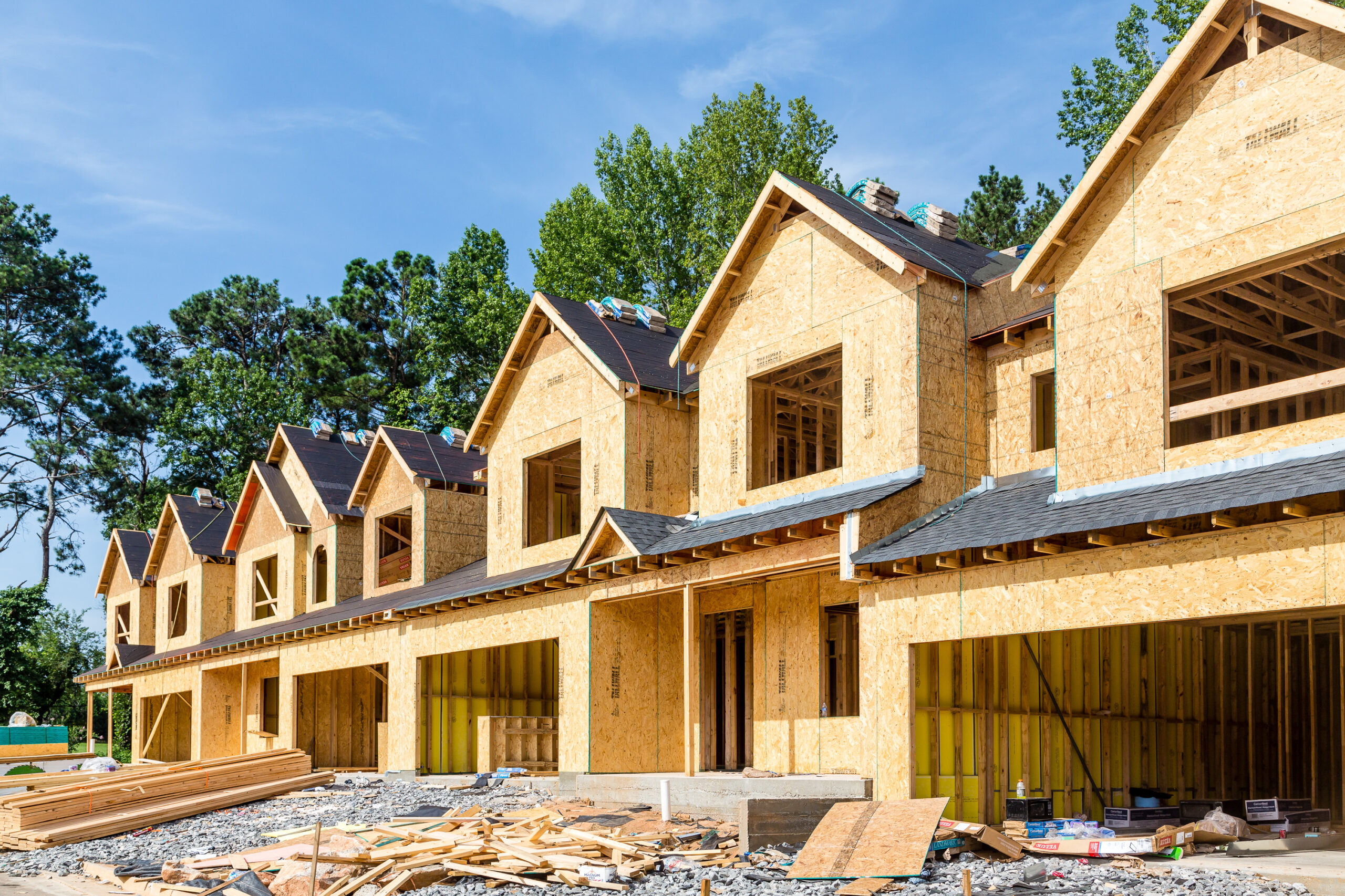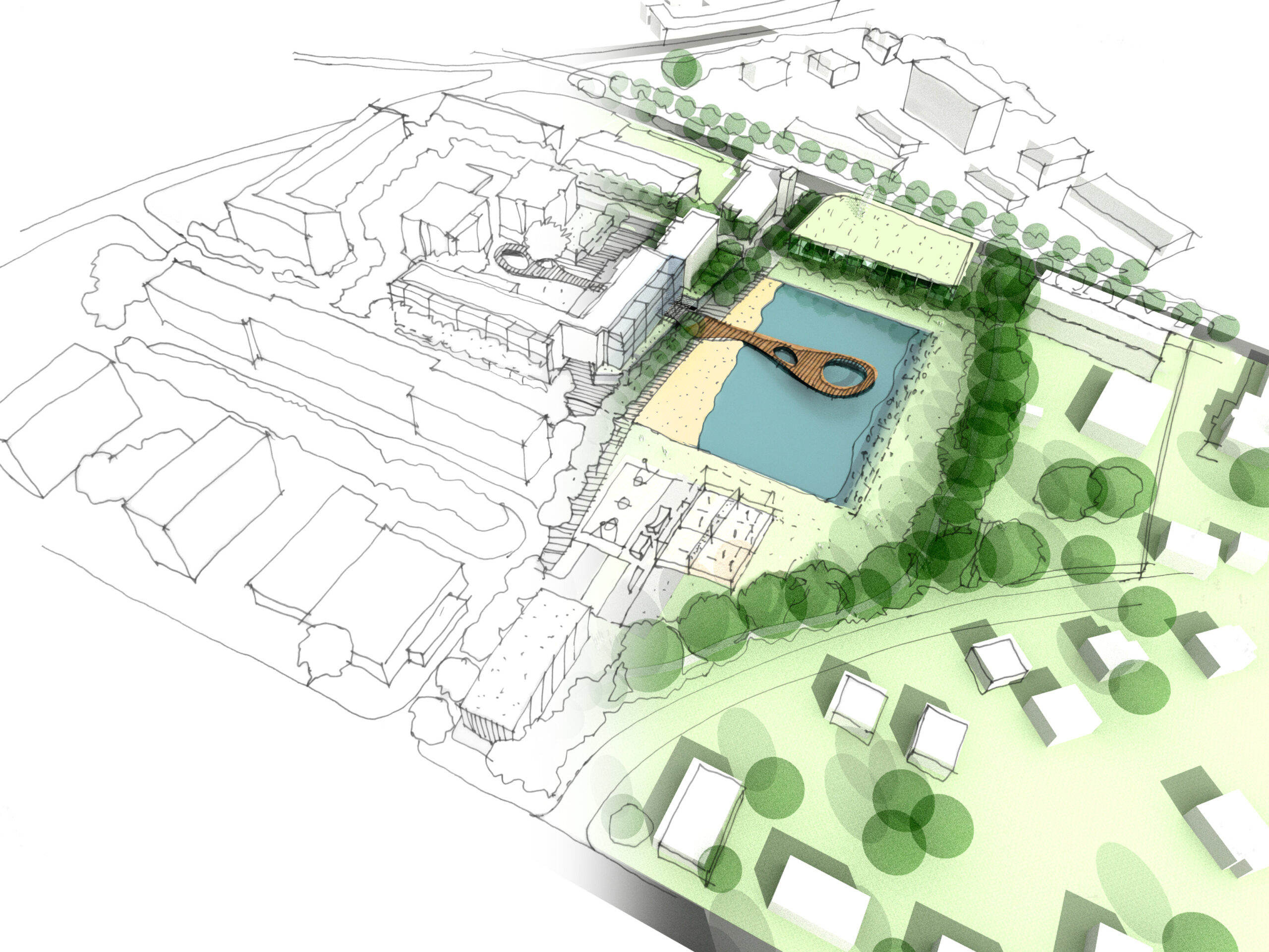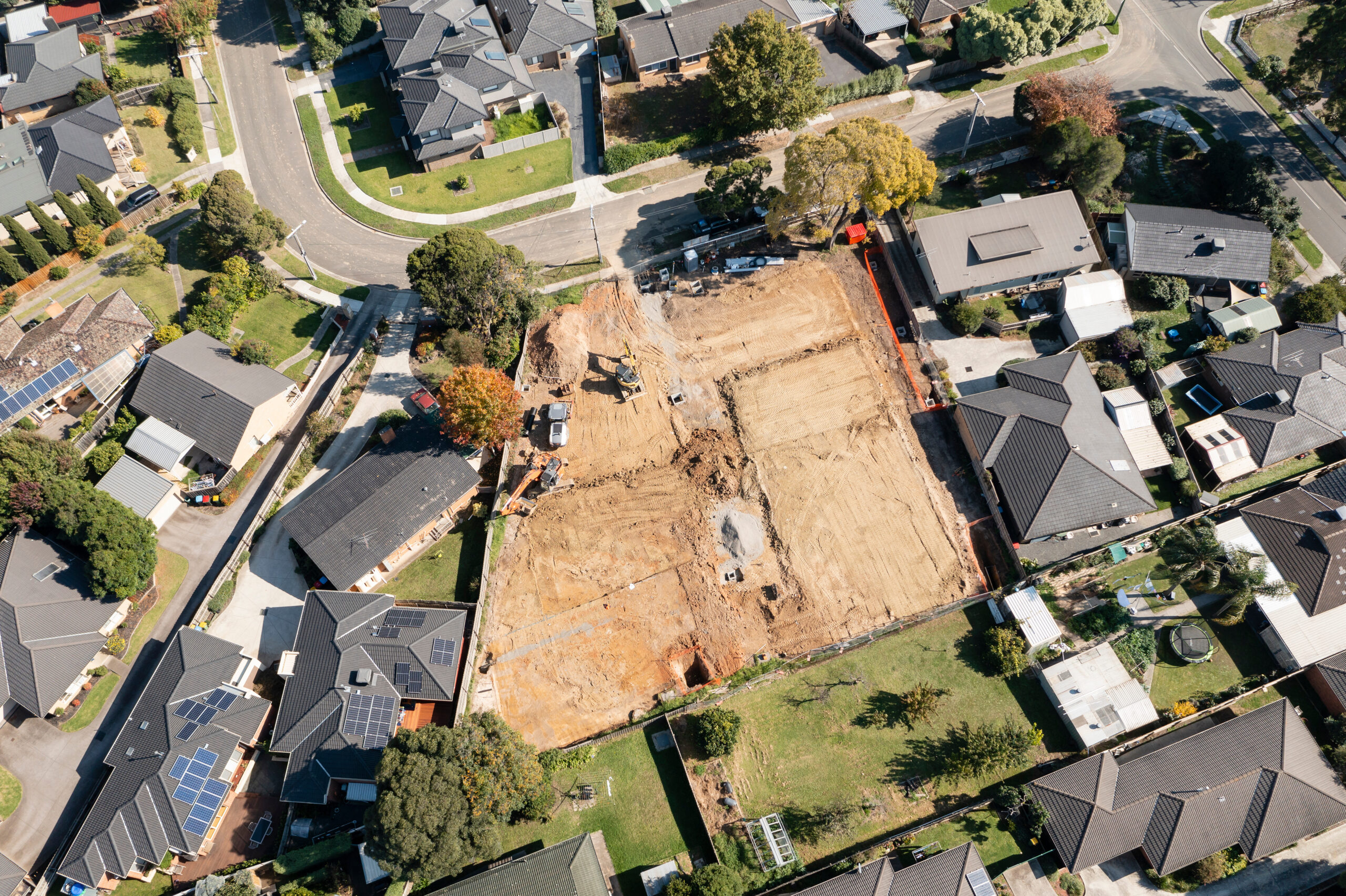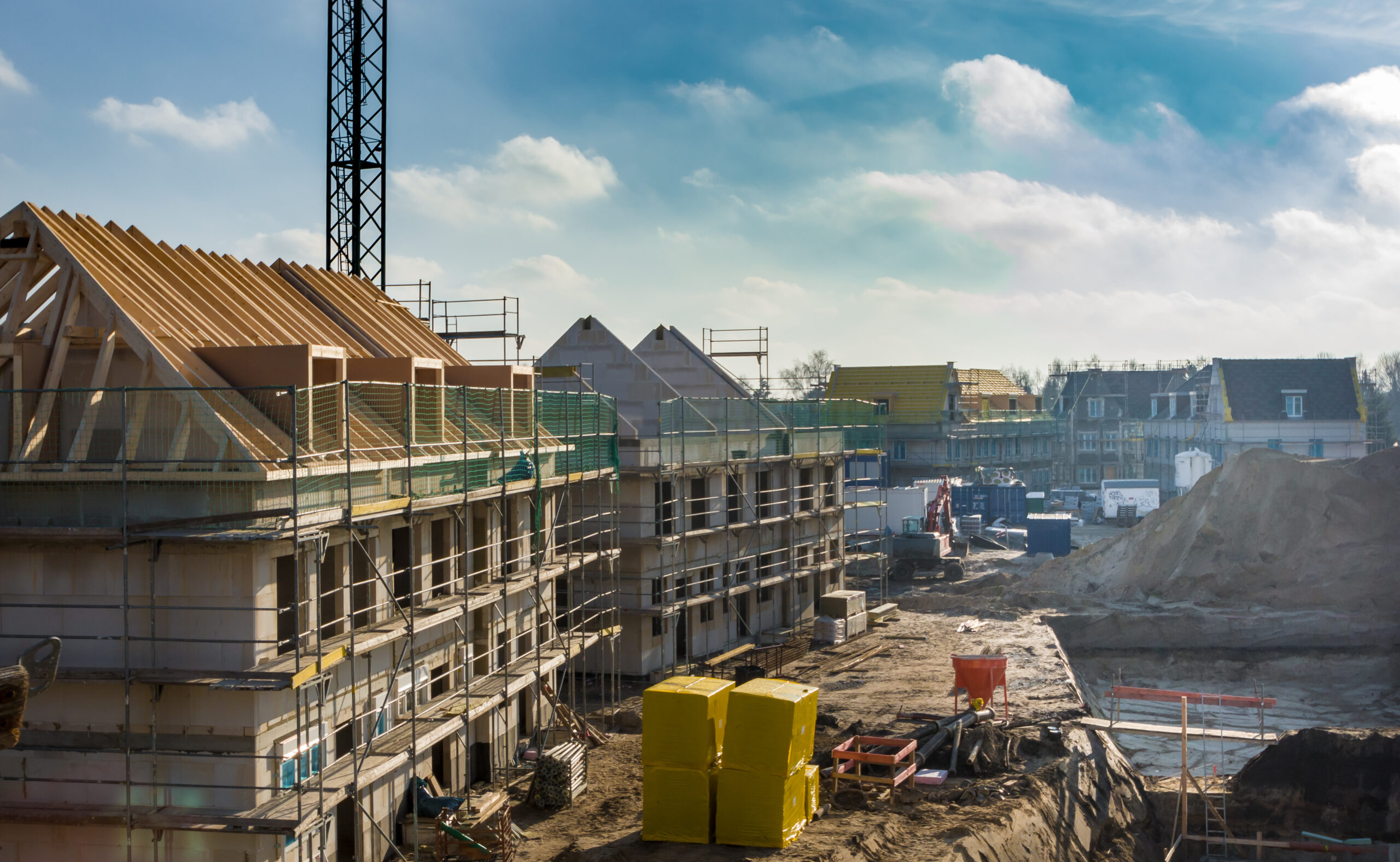As a landowner, you can leverage the best out of your property no matter how you put it into use. If you want to put it forward for the development purpose, you can have several options to pick from. One of them is housing development, which can require various procedures. As you have reached here, we can assume that you have to learn about the land for housing development. To give you a clearer picture, we will emphasise the same in this blog:
What is housing development?
The term housing development refers to the residential area, which has all the homes planned and built at once. You can also call it the housing estate or development done for residential reasons. To actualise it, a developer has to go through four major phases. These can include creating concepts, predevelopment, construction, and leasing or selling to occupants or other ongoing occupations.
Nevertheless, finding land is one of the essential parts of the process. The same importance is held by evaluating how developers do it. As a landowner, this can clarify how you can find the best value of your land by presenting it to the developers.
How do developers find and acquire land for housing development?
Before you can put your land forward for housing development, you need to perceive it from the developer’s perspective.
Planning Permission
According to that, the first aspect you need to consider is the possibility of obtaining planning permission. This can need one to consider the context of the site, which means knowing whether it is greenfield or brownfield land.
A brownfield land has more possibilities to act in accordance with the planning policy and thus more chances of getting the planning permission. In the case of greenfield land, the likelihood of permission can depend on the local planning policy and neighbourhood development plan.
Access
After planning permission, access is the next aspect to consider in a site. It can seem normal and easy to reach the site, say it is near the main road, several other issues can occur. It can include visibility angles and the breadth of the access that can impact the practicability of the site for development.
The possibility can also be that you do not own the prevailing or suggested access to the site. As a consequence, it may need the developer to purchase another section of the land.
Flooding
A developer will also look at the likelihood of hazards, such as floods. You can get it easily, needing you to reach the environmental agency through its website and share the postcode. The land has to be in flood zone one, but even if it is not, possibilities of planning and building can exist. However, it can have an impact later on.
Designation
A developer would prefer the piece of land, which doesn’t fall under protected areas, including Areas of Outstanding natural beauty or Greenbelt. These factors do not eliminate the possibilities of planning development. However, they can somehow add to obstructions in the processes later on.
Drainage
The method of drainage of land can influence the decision of a developer. The ideal scenario can be the presence of a local stream from which water can drain from the housing development. If there exists any likelihood of flooding anywhere, the plan won’t work.
You might have to connect to the major sewer line, which can be or cannot be practical. Septic tanks or private sewage treatment plants can also be an alternate. However, you need to determine the measures to drain the site to lessen surface runoff.
What can you build on land without planning permission?
You know that planning permission is essential before embarking on construction, demolition, or sometimes expansion. You can mostly need it for building something new, altering the purpose of the business. You can even require it for making some crucial changes to a building, such as an extension. However, you may proceed without planning permission in certain circumstances. They can include interior renovations, one-storey extensions, conservatory, multiple storey extensions, roof replacement, loft conversions, and roof light installation. You can even proceed with the external cladding change, solar panel fitting, basement digging, and outbuilding construction. Swimming pool building, fencing, walls, gates, driveways, patios, and soft landscaping are other scenarios.
What are the new rules for permitted development?
Now, let us take a look at the permitted development rights. They are the set of work you can perform without planning permission. They come from general planning permission granted by the government instead of the local planning authority. However, you must be aware that the development rights applied to different housing projects are not applicable for maisonettes, flats, and other buildings. At the same time, commercial projects have several permitted development rights for residence. Permitted rights are prohibited in several localities or designated areas. They can include national parks, conservation areas, heritage sites, Suffolk or Norfolk broads, and areas with exceptional natural beauty.
You will have to make formal permission for different types of work, which will not need permission in other areas.
Withdrawal of permitted development rights
With the issuance of ‘Article 4 direction,’ the local planning authority might have removed some planning development rights. With this, you will have to submit the planning permission for the tasks that do not generally require one. The directions are made for the possibilities of threatening the features of areas of recognised importance and can include the conservation areas. If you need to have a clear picture of if your property falls into this category, you can reach the local planning authority.
Protected development
August 2021 led to the commencement of the new legislation changes, which removed the eligibility of permitted development for certain circumstances from July 2021 end. In this situation, the government has come up with a provision that categorises the proposals as protected development till July 2022. It can come under the eligibility for the permitted development. It is attained with permission of permitted development proposals for leveraging legislation as it is before August 2021. It will allow the commencing of the proposals up to July 2022 and will be developed to completion accordingly.
The purpose of this blog was to serve as the source of information for the common risen questions on the suitability of land for housing development. If you want to proceed with your processes for development or need more information about the same, you can reach us at ADL

